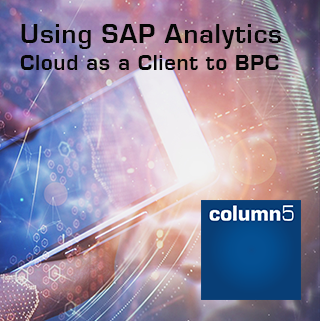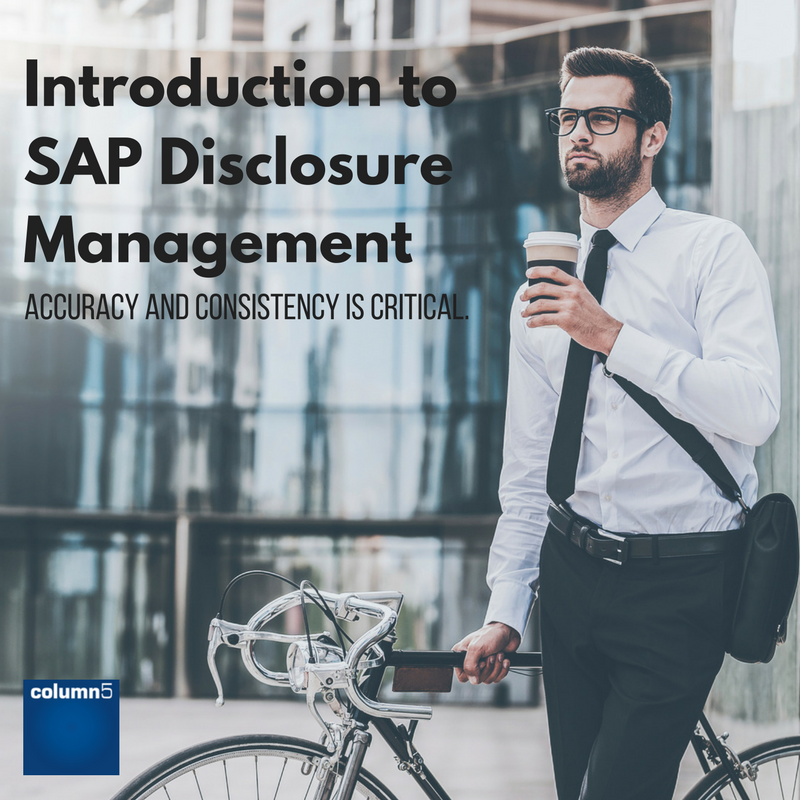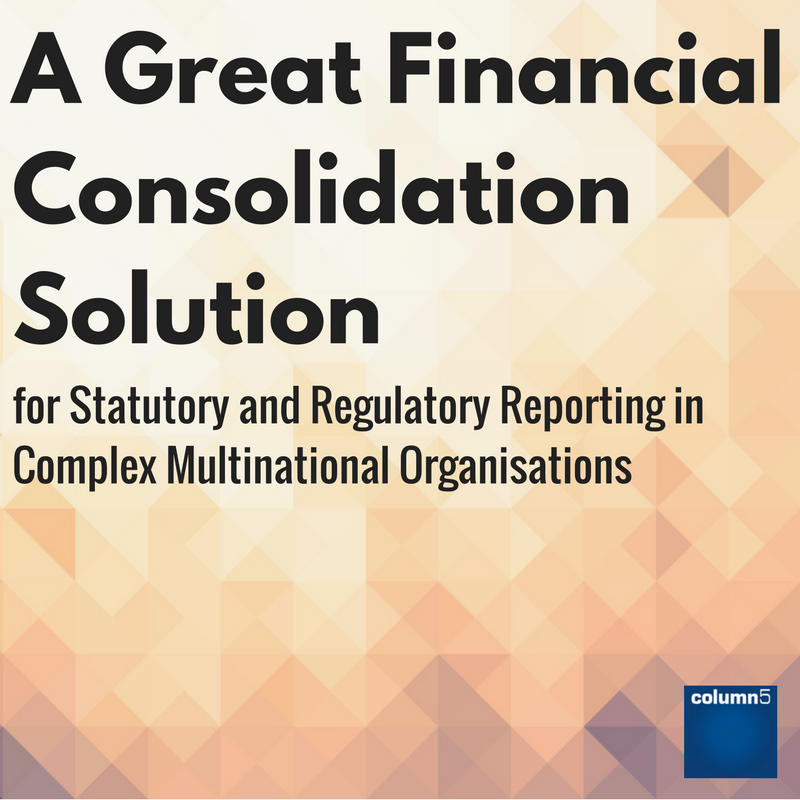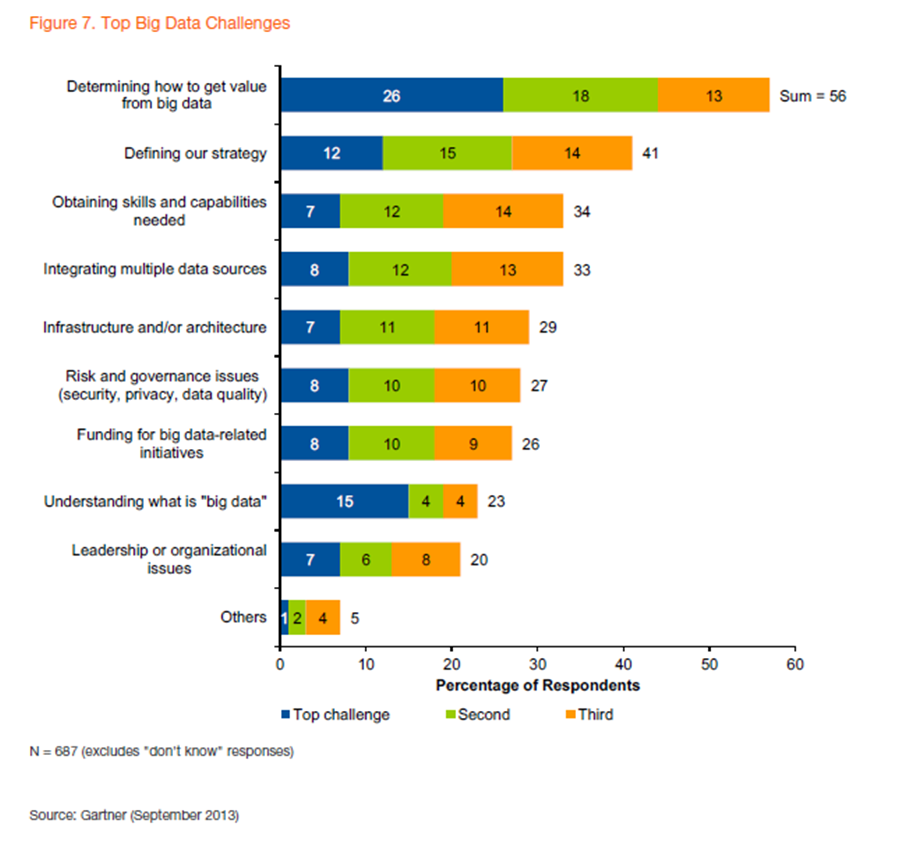For years, SAP Business Planning and Consolidation (BPC) customers have dutifully paid their 20–22% annual maintenance fees—expecting updates, innovation, and support. In 2025, it’s time to ask a hard question: What are you really getting in return?

SAP Analytics
Thought Leadership
BPC Lifeline - What are my BPC Options for BPC End of Support and SAP Maintenance?
Topics: HANA, Analytics, Cloud, BPC, SAP HANA, Analytics Cloud, SaaS, SAC, BPC Lifeline
Using SAP Analytics Cloud as a Client to BPC
SAP Analytics Cloud (SAC) is delivered as a SaaS (Software as a Service) solution on the SAP HANA Cloud Platform. SAC combines multiple EPM, BI and Analytics features/benefits into one product. This allows users to plan with robust collaboration features while using Predictive Analytics as well as Business Intelligence, and robust, state of the art Analytics. Currently, SAP BPC remains the default approach for Enterprise-wide Planning, Forecasting and Consolidations, while SAP Analytics Cloud fulfills relatively straightforward requirements from a planning and forecasting perspective.
Topics: HANA, Analytics, Cloud, BPC, SAP HANA, Analytics Cloud, SaaS, SAC
Overview
SAP Disclosure Management is an application within the Enterprise Performance Management (EPM) suite. It is used to improve organisations’ reporting where multiple users need to contribute to reports, and accuracy and consistency is critical. Key examples are the Annual Report and Accounts, returns to financial markets and regulators, and internal reports such as board report “books”.
Disclosure Management, as a process, is also known as the “last mile of finance”, where the culmination of all previous steps – financial close, variance analysis, and re-forecasting – are all key ingredients in what is reported to external stakeholders at the culmination of all subordinate tasks. In today’s world of increased expectations of closing faster, integrating financial and operational processes via advanced versions of EPM – like xP&A – the appetite for more integration, automation, and on demand timing is at the highest point ever.
The business case for Disclosure Management is that it manages and streamlines the process of bringing together multiple data sources and text required in external reporting all of which are owned and authored by multiple teams and which require approval by multiple approvers. Some clients choose to outsource performance of this function to a third-party service provider, while others purchase tools for in house use from vendors like Workiva and SAP. We won’t weigh the value of internal or external functionality in this space, but if a decision is taken to perform this function internally, this article provides an overview of the business case for and operational structure of SAP’s Disclosure Management product.
Business Case
The below diagram created by SAP demonstrates the issues faced in reporting that Disclosure Management is designed to streamline.
A typical process leading to a major reporting output such as an annual report or regulatory filing will often have a wide range of data sources. For example, General Ledger systems, Enterprise Performance Management applications such as SAP BPC, SAC, Group Reporting and BFC as well as manually created inputs such as written text. These data sources often feed into numerous Excel and Word documents that form part of the reporting output. The report sections require approvals and collaboration within the organisation that can be difficult to monitor and coordinate. The sections of the report that have been created separately need to be put together into the final output. In the past, the output may have only been a printable format such as a Word document or PDF file, but a number of legal and regulatory filings require electronic submission, notably via XBRL.
Topics: Enterprise Performance Management (EPM), Business Intelligence (BI), Analytics, Financial Information Management, Data
What do Rock, Paper, Scissors have to do with a successful technology solution? It shouldn’t be a secret…
We all played the old game “rock, paper, scissors” (aka Rochambeau) to settle a dispute or just for fun. Everyone knows the simple hierarchy that forms a path to victory - rocks crush scissors, paper covers a rock, but scissors cut paper. This is a lesson we learn as children, but such simple hierarchies of superiority can govern outcomes in professional life too.
Topics: Analytics, EPM, sap bpc, technology
A Great Financial Consolidation Solution for Statutory and Regulatory Reporting in Complex Multinational Organisations
SAP has a portfolio of Consolidation solutions with their own unique positioning and the SAP Financial Consolidation (FC) software is an enterprise solution offered to companies looking to improve and speed up their financial close – without sacrificing quality control and compliance.
FC became part of the SAP EPM portfolio through the acquisition of BusinessObjects in 2007. BusinessObjects itself acquired the French software vendor Cartesis who originally marketed Financial Consolidation as Cartesis Magnitude. With a large and loyal customer base throughout Europe and Japan, FC has a particularly strong focus on statutory consolidation requirements within large multinational organisations that have complex and evolving corporate structures across multiple reporting standards (e.g. IFRS and local GAAP).
Topics: Best Practices, Analytics, Consolidation, Financial Close, Value
Analytics? Analytics. Analytics! Let us simply get it out there – analytics are the newest, hottest technology that everyone is talking about. “The CFO’s Technology Imperatives for 2015” by Financial Executives International (FEI) and Gartner states, “many IT organizations have made initial investments, but these tend to be tactically focused and do not address the more fundamental issues of data quality and consistency.” The market is in such a fervor over the promise of analytics that we often lose sight of our greater IT goals, and we do not effectively outline a strategy that can move us toward the new promised land.
Surveys from Gartner reaffirm these assertions in a study on Top Big Data Challenges. The top three challenges include how to derive value, how to define strategy, and how to obtain the skills and capabilities needed related to a big data initiative.
Topics: Best Practices, Thought Leadership, Enterprise Performance Management (EPM), Analytics, Performance, BPC (Business Planning & Consolidation)
This is a 100% true story. The names have been altered to protect the innocent (and the guilty)!
Everyone likes a great story. What makes a story great is a plot, a villain, and a hero. What makes this particular story more interesting is that it is a business story. It also one that clients keep asking me to repeat to their teams, peers and even their executive staff.
Topics: Best Practices, Thought Leadership, Analytics, EPM ROI, Microsoft, Implementation
Using the Power of Visual Basic in EPM 10 Reporting
The Excel Add-In reporting tool of EPM 10 combines the features of Excel with EPM functionality. A feature within Excel that is sometimes useful to meet more advanced reporting needs is macros programmed using Visual Basic (VBA). This can achieve features that are not achievable through EPM 10 functionality.
Topics: Best Practices, Excel, Thought Leadership, Analytics, EPM 10, Value
Business Intelligence: A Core Business Competency
Topics: Enterprise Performance Management (EPM), Business Intelligence (BI), Analytics, EPM ROI, Value, BPC (Business Planning & Consolidation)
Replace a Working Spreadsheet Based Forecasting Model with SAP BPC?
Topics: Excel, Analytics, Value, Implementation, Data, BPC (Business Planning & Consolidation), Forecasting
Subscribe
Recent Posts
Posts by Topic
- Enterprise Performance Management (EPM) (93)
- BPC (Business Planning & Consolidation) (75)
- Best Practices (51)
- Performance (49)
- Thought Leadership (47)
- Implementation (35)
- Process Improvement (27)
- Training (25)
- Value (25)
- EPM (19)
- Project Management (19)
- Data (16)
- Excel (16)
- BPC (15)
- Roadmap (14)
- sap bpc (14)
- User Experience (12)
- Analytics (11)
- EPM ROI (11)
- Center of Excellence (10)
- Financial Information Management (10)
- Microsoft (10)
- Business Intelligence (BI) (8)
- Cloud (8)
- EPM 10 (8)
- Forecasting (8)
- HANA (8)
- best practices for epm (8)
- Darwin EPM (6)
- Innovation (6)
- NetWeaver (6)
- Technical (6)
- best (6)
- EPM Maturity (5)
- Financial Close (5)
- sap (5)
- BPC11 (4)
- Consolidation (4)
- EPM Add-in (4)
- Executive (4)
- Product Focused (4)
- SO - BPC v10.x (4)
- SO - BPC v11.x (4)
- epm summit (4)
- technology (4)
- xp&a (4)
- Analysis Office (3)
- BPC NW – Embedded (3)
- BPC logic (3)
- BPC planning Master Data and Data Structure (3)
- BPCv10 embedded (3)
- Case Study (3)
- EPM Roadmap (3)
- Extended Planning & Analysis (xP&A) (3)
- OutlookSoft (3)
- SAC (3)
- group reporting (3)
- reporting (3)
- #EPMInnovation (2)
- AISuccess (2)
- API (2)
- Analytics Cloud (2)
- BPC 11, Version for BW/4HANA (2)
- DarCE (2)
- EPM Landscape (2)
- Epm Academy (2)
- FUTURE OF SAP BPC (2)
- Functional (2)
- Performance Tuning (2)
- SAP Analytics Cloud (2)
- SAP HANA (2)
- SO - BPC v7.x (2)
- SO - Functional Track (2)
- SaaS (2)
- Services Focused (2)
- Upgrade (2)
- analytics tune up (2)
- tuneup (2)
- Analysis plug-in v2.7 for Office (1)
- BFC (1)
- BPC Alternatives (1)
- BPC Lifeline (1)
- BPC PLUG-INS (1)
- BPC v10 upgrade (1)
- BW (1)
- CPM (1)
- Capital planning (1)
- EPM & Analysis plug-ins (1)
- EPM Investment (1)
- EPM events (1)
- Embedded (1)
- Extended Support for SAP BPC (1)
- Investment Comparisons (1)
- Rapid Deployment Systems (1)
- SAP BFC Migration (1)
- SAP BPC Technical Issues (1)
- SAP EPM Add-in Crashing (1)
- SAP EPM Add-in Performance (1)
- SO - Executive Track (1)
- SO - Platform - Microsoft (1)
- SO - Technical Track (1)
- VB (1)
- webcast (1)
3 S T E P S
To Enhance Your EPM Performance:
1.Get Your Ultimate Guide to Improving SAP EPM Performance
Learn what could be contributing to your poor performance and how to diagnose common problems. Get tips that will empower you and your team to improve the performance of your system in order to get the most out of your SAP EPM Investment.
2. Test Your BPC Performance
Get a BPC performance report card and custom report to identify performance issues you may not even know you have.
3. Get Your EPM Assessment
Our assessment delivers a complete, best practice roadmap for you to follow. We’ll work together to assess what you need to pivot your financial forecasting, planning, reporting and analysis to handle the compressed requirements from the volatile COVID-19 environment.


















